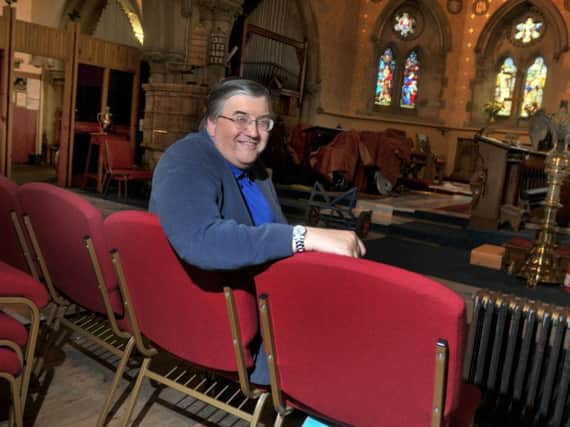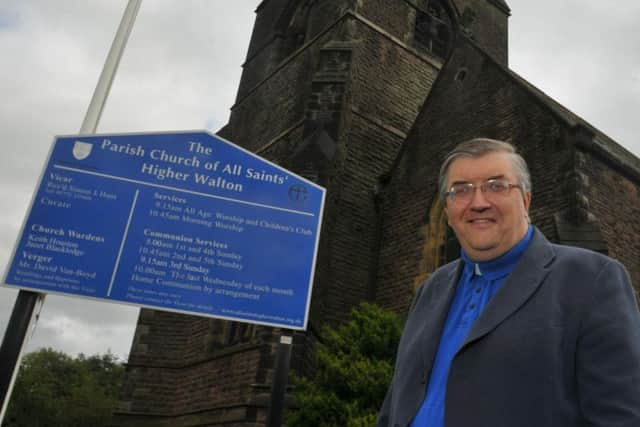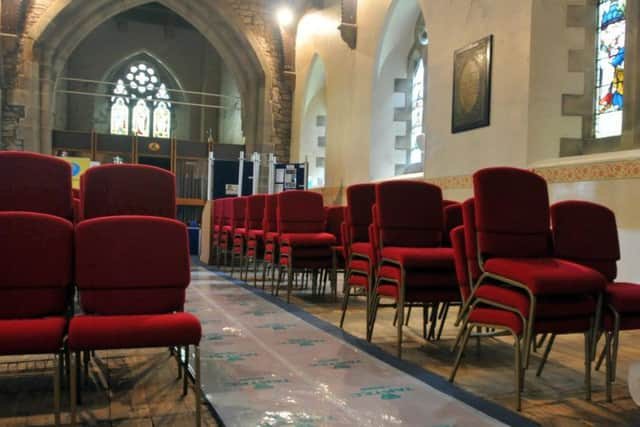Church seating rumpus reaches highest court


The Victorian All Saints Church in Higher Walton, near Preston, had planned to remove its traditional pews, and replace them with more comfortable upholstered chairs.
But strident objections from the Victorian Society have been aired before the consistory court – the church court founded by William the Conqueror.
Advertisement
Hide AdAdvertisement
Hide AdThe Consistory Court has row ruled that All Saints, and two Burnley churches who had also planned to remove their pews, can go ahead.


All Saints Church, on Blackburn Road, has been given permission to scrap its pews - of which there are 12 of on each side of the main aisle - creating more room within the church for events including youth clubs and coffee mornings.
Vicar Simon Hunt said: “The hope is now to open the church up to the general public for wider events.”
Reader at the Grade II listed church, Margaret Hunt, said: “The new seats are much more practical and comfortable, where we can also use them for community events.”
Advertisement
Hide AdAdvertisement
Hide AdThe removal process fell on turbulent ground regarding the new seating’s colour, which was described as ‘orangey red’, ‘claret’, and ‘bright red’.


Spokesperson for the Victorian Society, Sophie Laird, said: “These bright red upholstered seats offer no public benefit which cannot be achieved with other good quality un-upholstered seating.”
The church regularly hosts IGNITE, its Friday night youth night, caring for between 25 and 35 children on a weekly basis. Church vision champion, Jill Smith, said: “The removal of our pews and replacement with movable seating in the church building itself has allowed us to create a space we can use for these young people.”
The church, which was built in 1864, had taken out some of the pews in 2015, and replaced them with red upholstered chairs.
Advertisement
Hide AdAdvertisement
Hide AdIn July 2016 it put forward plans to remove the rest of the pews, and replace them with chairs.


The idea was to make the space in the church more flexible and also the fact that pews are not as comfortable as upholstered chairs.
But the Victorian Society had objected to both the colour and the design of the new chairs.
In the majority of cases church authorities win the go-ahead on the basis that, even though the plans may have an impact on the churches concerned – which are often listed buildings - the benefits outweigh the harm that will take place.
Advertisement
Hide AdAdvertisement
Hide AdThe latest round of three battles to save pews in churches in the three Lancashire churches ended in victory for the relevant church authorities.


In each case the Chancellor of the Diocese Blackburn, John W Bullimore, in his role as a judge of the Consistory Court, gave permission.
The three Grade II listed churches at the heart of the row were St Stephen’s Church in Burnley which dates back to 1876, St John’s Church in West Burnley which dates back to 1849 and All Saints Church Higher Walton which dates back to 1864.
Chancellor Bullimore said in his decision: “I do not myself like the colour of the chairs that the petitioners wish to introduce.
Advertisement
Hide AdAdvertisement
Hide Ad“My decision is not about my personal views or preferences of course; it has to be a judicial decision, having regard to all the circumstances.
“The fact is that the petitioners were allowed to introduce chairs of this kind and colour as recently as two years ago. To say now this colour (or type of chair) is not acceptable, would seem to the petitioners and wider congregation, totally wrong, and unprincipled.
“It would not be reasonable to deny the petitioners more of the same chair.”